Focus on sustainability is ever increasing. Distilleries are exploring ways that they can make their processes more environmentally sustainable, and they are looking to work with suppliers that are doing the same.
Some changes are bigger than others, say the difference between switching to environmental packaging or installing solar panels. Sometimes the changes are enormous.
Whenever you drink an aged spirit, be it a whisky rum, cognac, brandy, or otherwise, you will pay a lot of attention the flavour and to what type of barrels are used. What they’ve held before, the process of aging and what tasting notes have been imparted. However, do you ever stop to think about where those barrels come from?
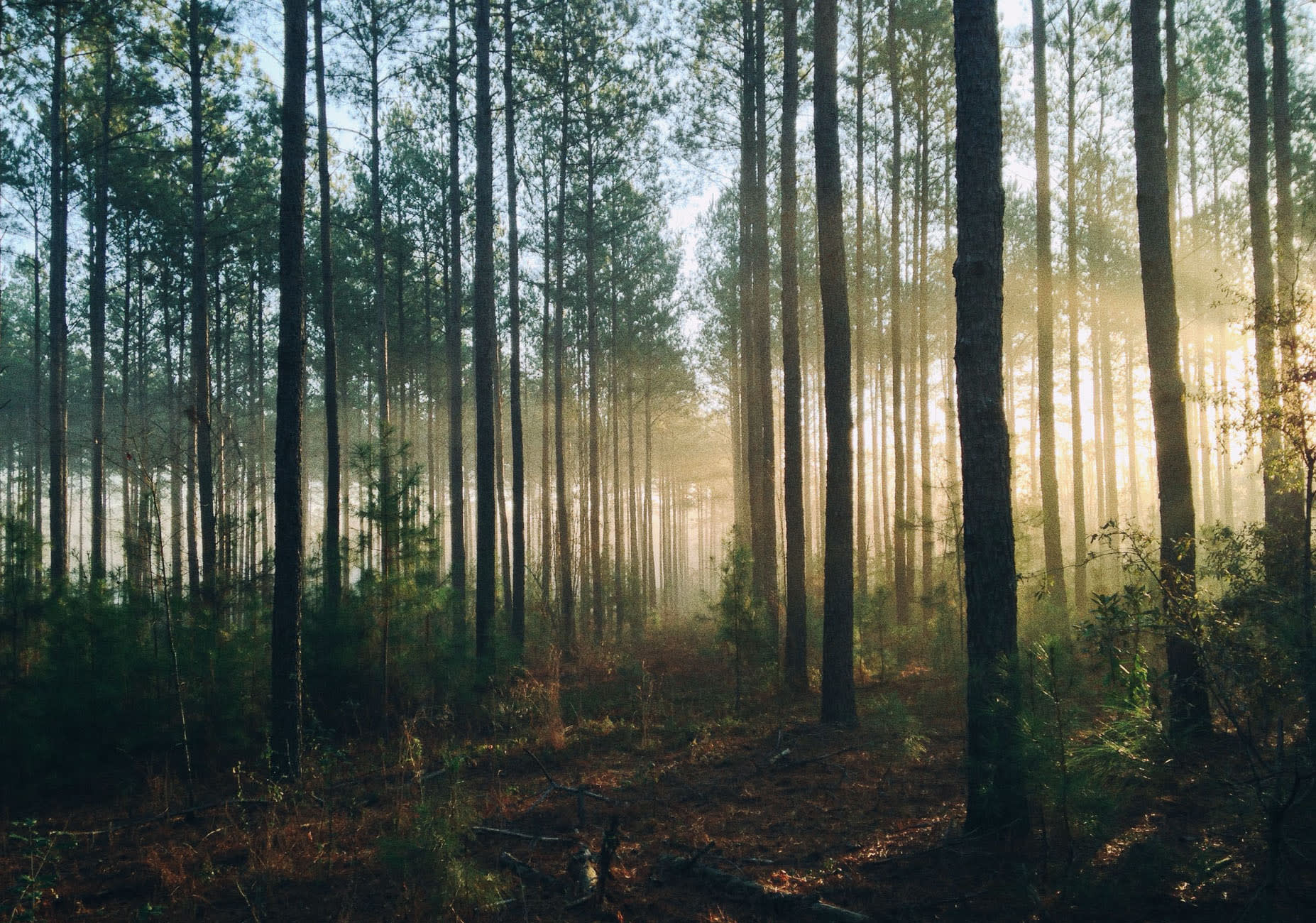

I believe barrels have a kind of falsehood about them, we tend to think romantically about age old barrels floating around from place to place, being used to impart flavour that has built up over years of reuse. There’s something inherently sustainable about that. Though this is simply not the case.
One of the classification details for Bourbon is that it must be aged in virgin American oak. It takes decades for a tree to grow to produce a barrel, and that one tree will produce just three to four barrels.


This is inherently unsustainable, but people are doing their best to counter this with reusing barrels, as described in Whisky Magazine by Maggie Kimberl, which goes through everything from businesses dedicated to ‘serving barrels and finding them a new life’ to more basic reuses like planters, which initially seemed to me like a bit of a cop out.
Reuse or recycle are key methods to lengthening the life and purpose of items that would otherwise be destroyed. They are essential to improving sustainability in existing items, but it’s hard not to wonder if doing up the front lawn is as far as we can go…
For that, we need to look back down the supply chain. We need to look at how casks are made and where we can improve those processes. This is not new.
Back in 1713, Carl von Carlowitz first introduced the concept of ‘sustainable forestry’ in his silvicultural treatise Sylvicultura Oeconomica, which described a ‘continuous, gradual, and sustainable use’ of the forest. “The idea of the “Futaie” system of sylviculture—a careful thinning out of trees to cultivate those of the highest quality—results in the best oak wood in the world, prized for its fine grain, purity and rare uniformity—Is something that has persisted in French forests.”


Nowadays, PEFC is the world’s global forest protection accreditation, that covers everything from environmental sustainably, to ethical sustainability too. (A recent meeting as re-classified wood from Russia and Belarus as ‘conflict timber’ due to the Ukraine crisis, and as a result none of this wood can hold the PEFC accreditation).
To pass PEFC accreditation, there are four different document types:
International Standards – Applied in the field
Benchmark Standards – Develop national standards
Procedural Documents – Govern the function of PEFC
Standard Documents – Provide additional guidance
Within these brackets, there are several documents that assist in getting your standards up to code to achieve PEFC accreditation. The standard must be implemented to ensure that all stakeholders are included, and those standards are not just achieved, but developed. This begins with establishing a working group, to developing a draft, testing it, then drawing up a final draft to submit for approval.
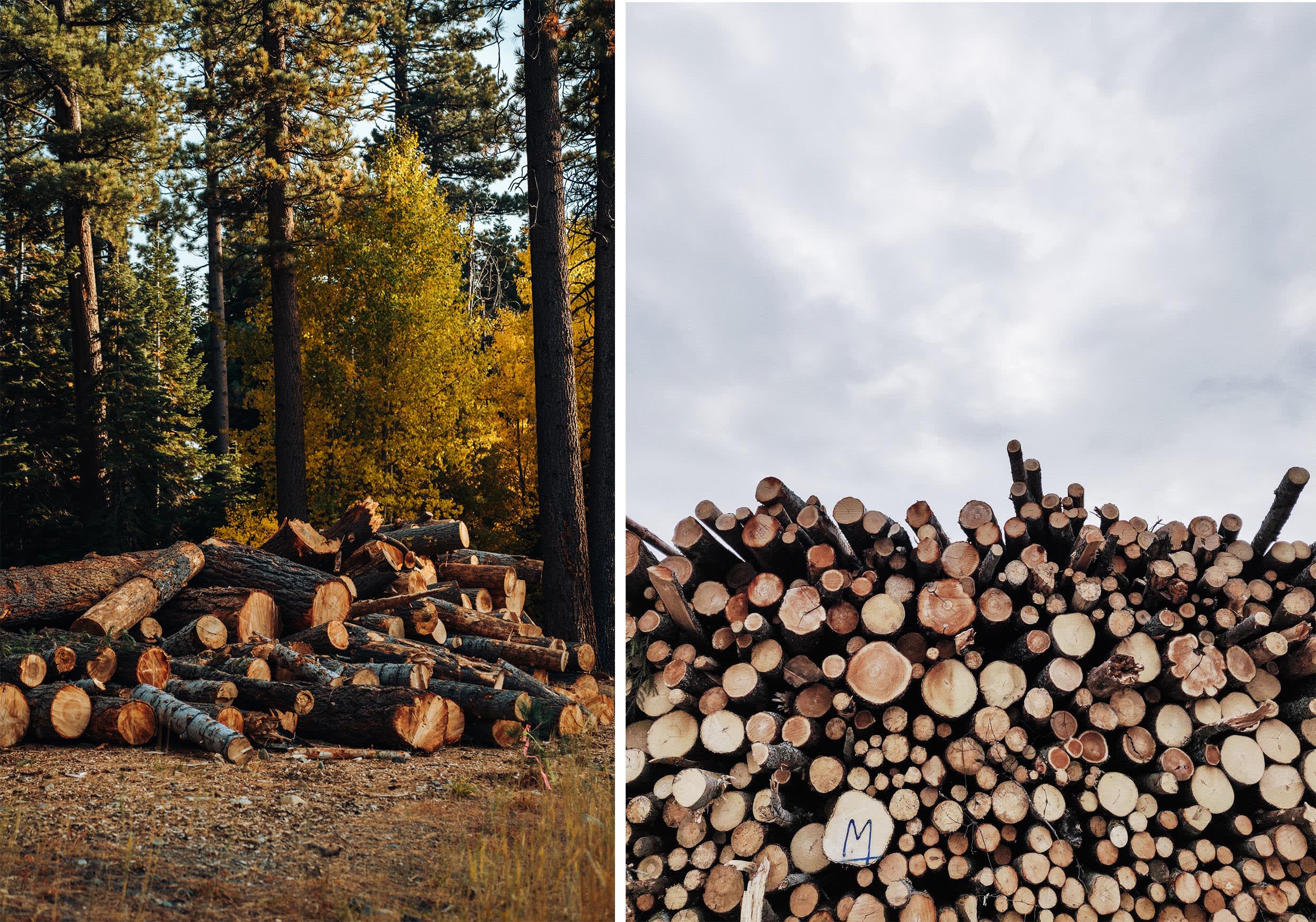

The accreditation has been gaining some serious traction and is now one of the largest and most recognized, with suppliers such as Seguin Moreau announcing they would switch production to PEFC accredited forest back in 2006 and many more since.
These accreditations put an emphasis on sustainable forestry and increase pressure on companies to use them. Despite this, there are still big issues to address. In this recent article in Food and Wine by Mike Pomranz, he suggests that the future of the American Bourbon industry could be in danger, asserting that the US is using more American White Oak for its bourbon production than it is able to sustain.
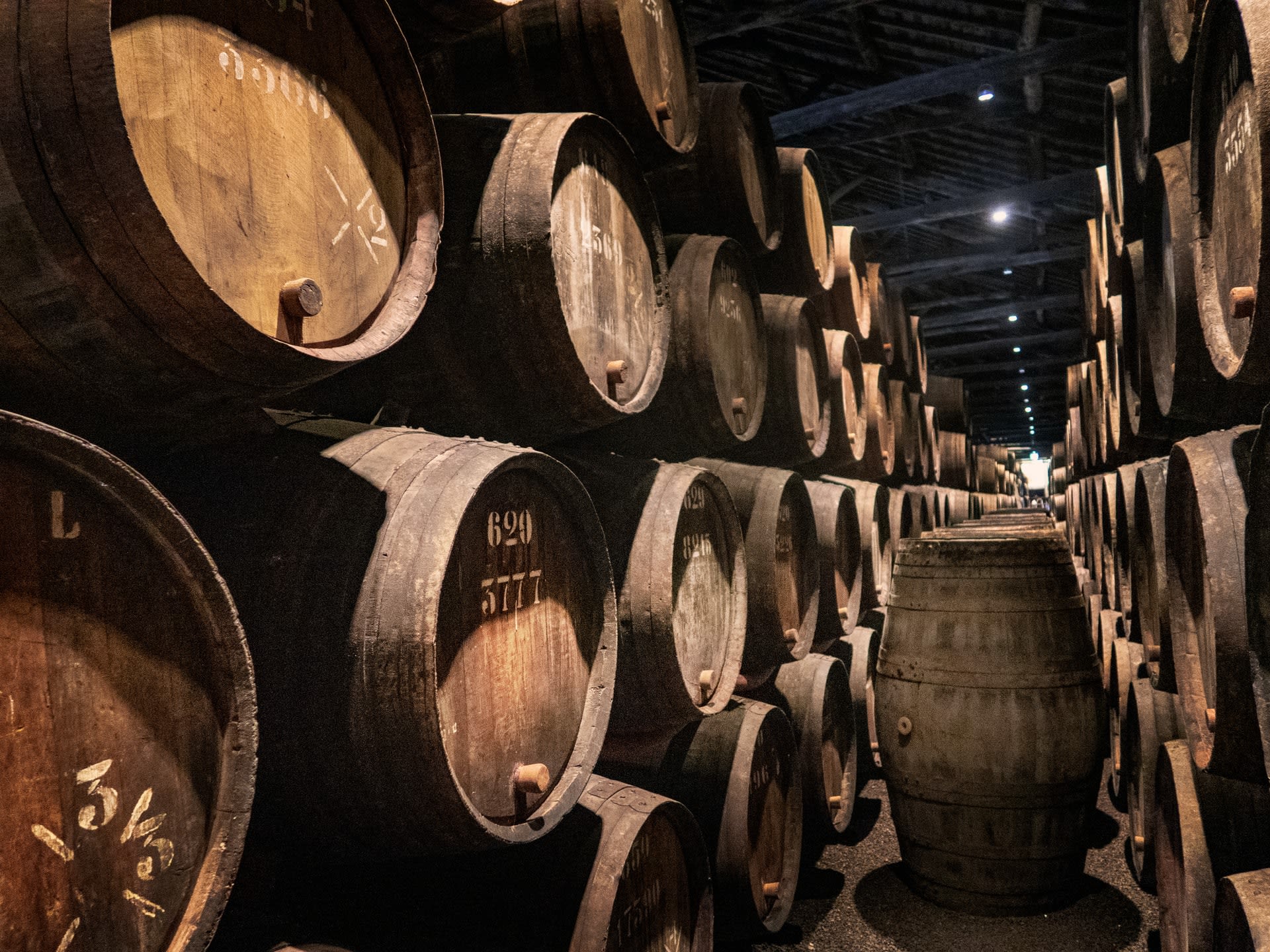

It is clearly something that big US timber consuming businesses are aware of as there are already bodies in place to help the situation. The White Oak Initiative was set up in Nov 2017, “The White Oak Initiative works to ensure the long-term sustainability of America’s white oak and the economic, social and conservation benefits derived from white oak dominated forests. Formed from “Conservation agencies, trade associations, forest industries along with academia and private landowners – everyone with a vested interest in the long-term sustainability of the white oak hardwood forest came together.”
The White Oak Initiative is utilised by companies like the Independent Stave Company, which began in 1912 and provide not only barrels, but oak alternatives such as ‘trū/tan’ proprietary blends of powder tannins and aqueous tannins that whilst being oak derived, only require a small amount of powder per batch. Producers can also source chips that serve a similar purpose. Whilst questions can be raised on legitimacy produced with solutions of this nature, I would suggest that if the flavour is there, it’s there, and that’s that.
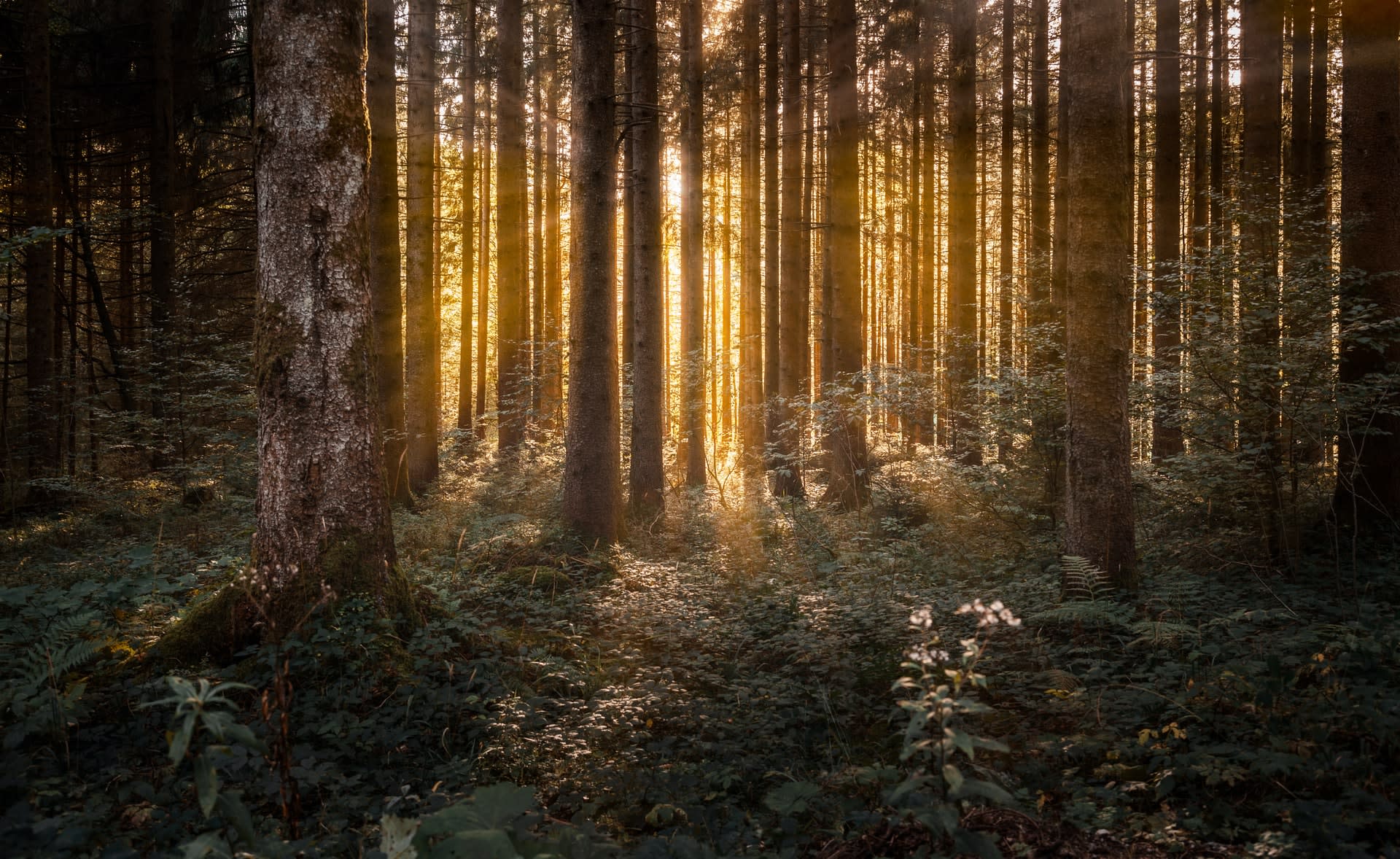

Whilst a healthy supply of barrels into the industry may be the end game, there is also the issue of the environmental impact of unsustainable forest management to bear in mind.
These forests are ecosystems and habitats for various flora and fauna, so whilst keeping bourbon production moving is an important thing, there are far greater repercussions to consider. Necessity means demand and it can go one of two ways, either products like bourbon become more expensive and in scarcer supply, or entrepreneurs getting in on this important issue to make some money for themselves through innovation.
Either way, the issue of needing a holistic solution for more timber which is more sustainably produced isn’t going away. While necessity means demand, almost all supply meets the demand of the consumer, and I believe this is the best place to start and the best place to instigate change.
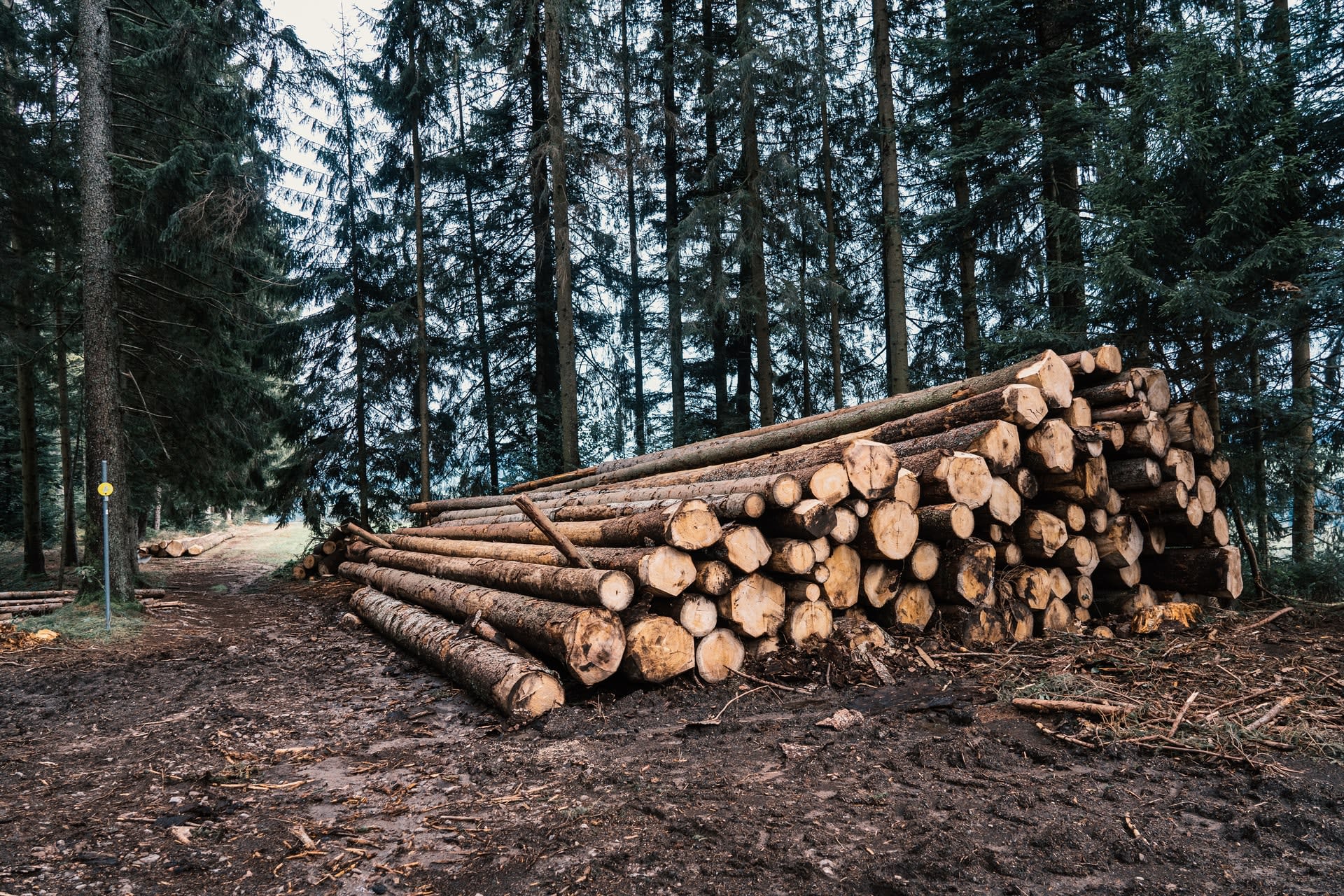

I suggest that we all become more educated on the subject and ask questions of the producers. It may not be something that is printed on the label, but it’s still valuable information that can make the difference between us buying the bottle or not. If we demand it, eventually it will be met.
In gin, the craft movement has seen an increase in consumers asking questions about the botanicals, where they come from and how they’re grown. In Tequila, so much emphasis is placed on the Agave and how old it is. To me, it’s perfectly feasible that the same consumer interest flows over to how the spirit is aged and where that wood came from. There’s no reason why it couldn’t become just as much of a selling point.
Given the need for more rapid solutions to climate change, perhaps it needs to be too.



